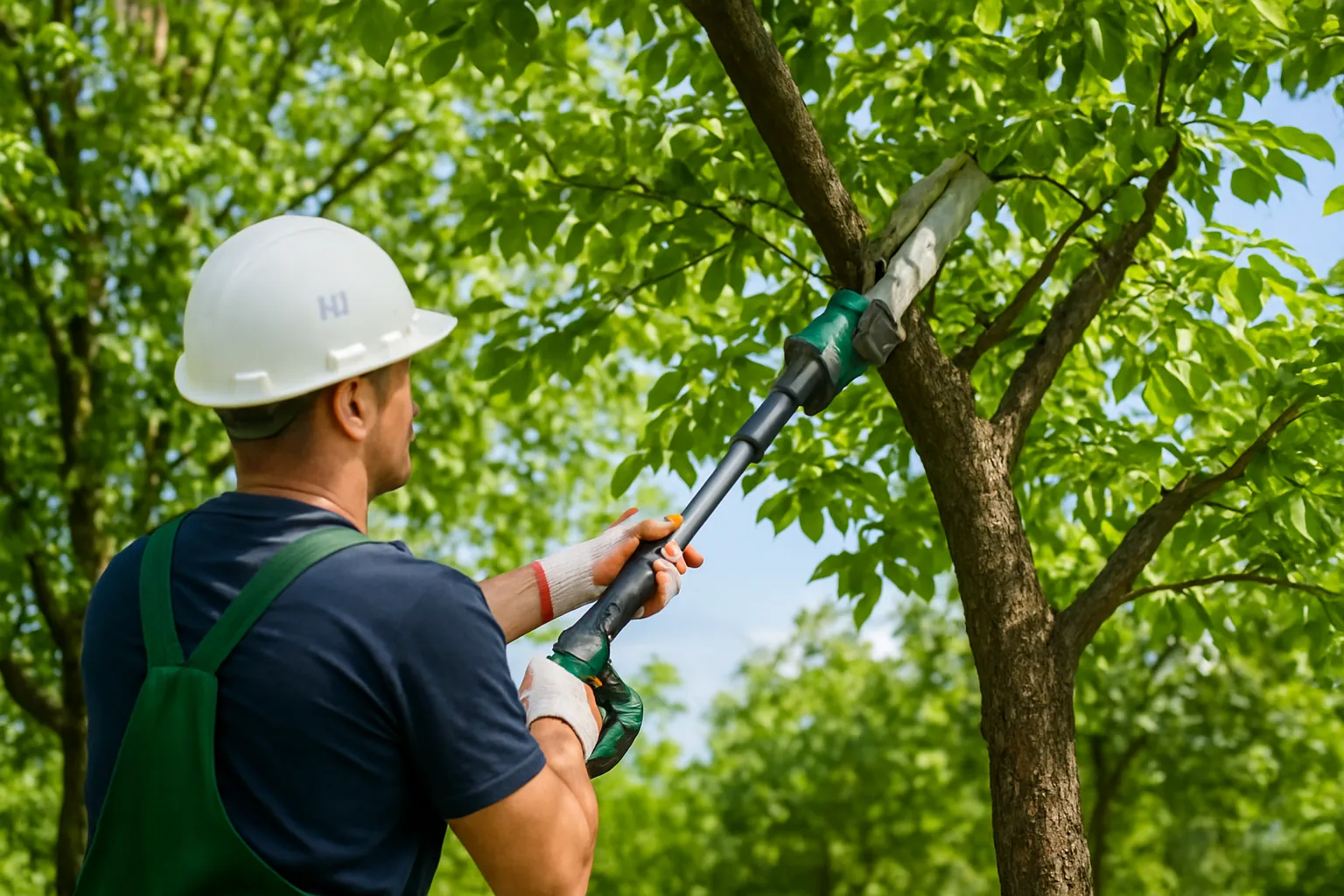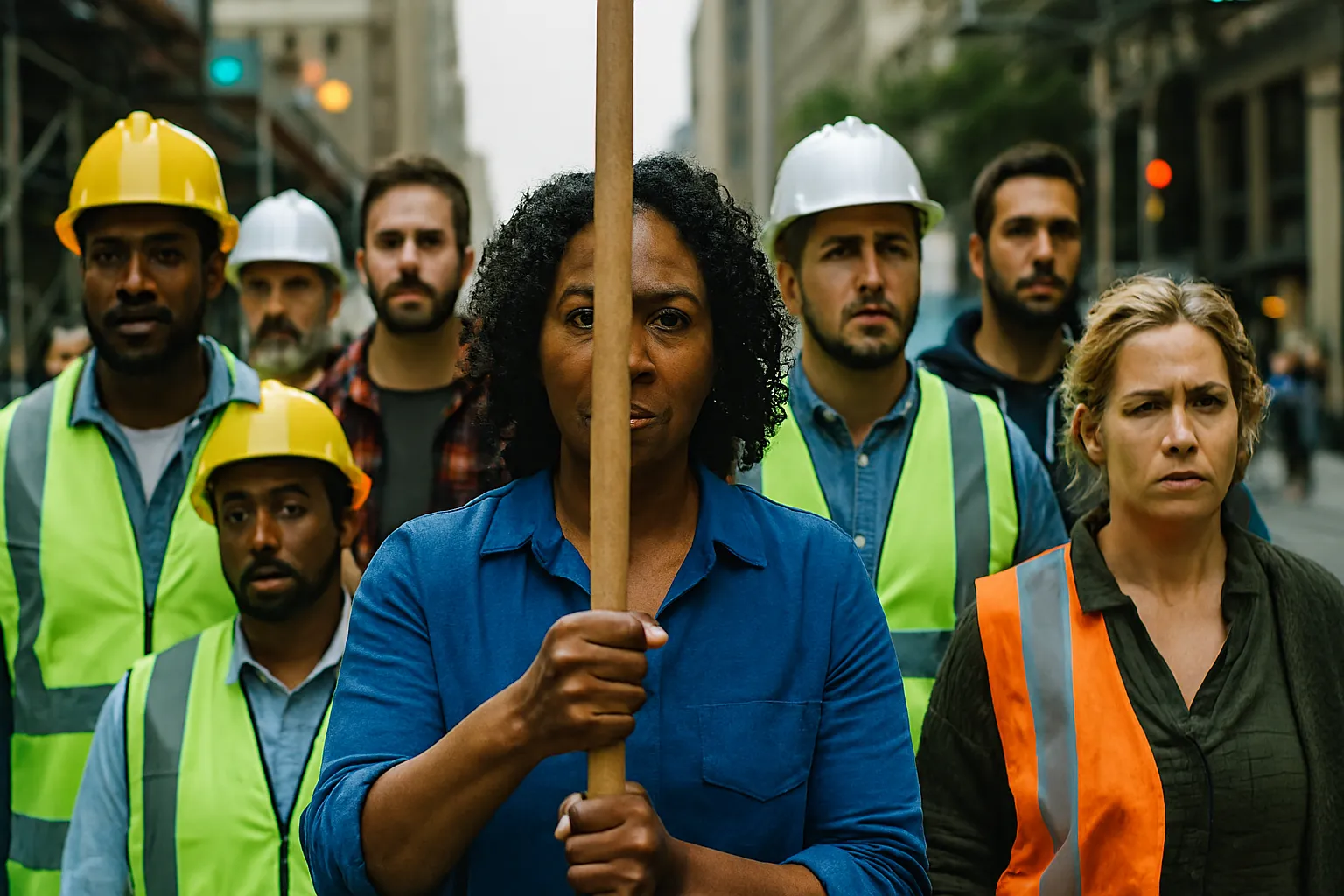DIY Tree Trimming vs Hiring a Professional: Pros and Cons
Trees bring beauty, shade, and environmental benefits to any property, but keeping them healthy requires regular maintenance. One of the most common responsibilities is tree trimming. Homeowners often wonder whether they should take the DIY tree trimming route or hire a professional arborist. Both options have advantages and drawbacks, depending on budget, safety, skill, and long-term goals.
This comprehensive guide will walk you through the pros and cons of DIY tree trimming vs hiring a professional, helping you make the best decision for your home, safety, and the health of your trees.

The Importance of Tree Trimming
Tree trimming is not just about aesthetics; it directly impacts tree health, property safety, and growth.
Benefits of Tree Trimming
- Encourages stronger, healthier growth.
- Prevents branches from interfering with power lines or roofs.
- Enhances curb appeal and property value.
Why Neglect is Risky
Untrimmed trees can lead to falling limbs, disease spread, or even property damage during storms. Whether you choose DIY tree trimming or professional services, consistent maintenance is key.
Understanding DIY Tree Trimming
DIY tree trimming means handling the task on your own, using personal tools, ladders, and safety gear.
Advantages of DIY Tree Trimming
- Cost savings: You avoid professional service fees.
- Flexibility: You can trim at your convenience.
- Control: You decide which branches to cut and when.
Disadvantages of DIY Tree Trimming
- Safety risks: Working at heights and with sharp tools is dangerous.
- Limited expertise: Without arborist knowledge, you may harm the tree.
- Time-consuming: Trimming large trees takes significant effort.
Tools Required for DIY Tree Trimming
Before attempting DIY trimming, homeowners need proper equipment.
Essential Tools
- Hand pruners for small branches.
- Loppers for thicker limbs.
- A pruning saw for larger branches.
- Safety gloves, helmet, and protective glasses.
Specialized Equipment
For taller trees, tools like a pole saw or even a chainsaw may be required. This raises costs and increases safety risks.
When DIY Tree Trimming Works Best
DIY trimming can be effective in specific situations.
Ideal Conditions
- Small trees or shrubs.
- Easy-to-reach branches.
- Light seasonal pruning.
Avoid DIY If…
- Trees are near power lines.
- Branches are too high for safe access.
- The tree shows signs of disease requiring expert care.
Hiring a Professional Tree Trimmer
Professional arborists and tree service companies bring experience, safety gear, and specialized equipment to the job.
Advantages of Hiring a Professional
- Expertise: Professionals know how to trim without harming growth.
- Safety: Trained teams reduce accident risks.
- Efficiency: Work is completed quickly and thoroughly.
Disadvantages of Hiring a Professional
- Cost: Professional services can be expensive.
- Scheduling: You may need to wait for availability.
- Less control: Some homeowners prefer direct oversight.
Comparing Costs: DIY vs Professional
Cost is often the deciding factor between DIY and hiring an expert.
DIY Costs
- Basic tools: $50–$200.
- Chainsaws or pole saws: $150–$500.
- Protective gear: $50–$150.
Professional Costs
- Average per tree: $150–$500.
- Large or hazardous trees: $1,000+.
While DIY appears cheaper upfront, mistakes can lead to damaged trees or accidents, resulting in higher long-term expenses.
Safety Considerations in Tree Trimming
Tree trimming is one of the most dangerous home maintenance activities.
Risks of DIY Tree Trimming
- Falling from ladders.
- Cuts from chainsaws or pruning tools.
- Contact with electrical wires.
Why Professionals Are Safer
- Use of harnesses and climbing equipment.
- Knowledge of proper cutting techniques.
- Liability insurance coverage in case of accidents.
Long-Term Impact on Tree Health
How trees are trimmed influences their lifespan and stability.
DIY Risks to Tree Health
Incorrect cuts can cause:
- Structural weakness.
- Disease entry points.
- Stunted growth.
Professional Care
Arborists understand tree biology and ensure trimming encourages healthy, sustainable growth.
Making the Right Choice for Your Trees
Ultimately, the decision depends on your circumstances, resources, and priorities.
When to Choose DIY
- For small, manageable trees.
- If you have proper tools and safety gear.
- To save money on light pruning.
When to Hire a Professional
- For large or mature trees.
- When branches are near structures or power lines.
- If you want guaranteed safety and long-term tree health.
Conclusion
Tree trimming is a vital responsibility for homeowners who want safe, beautiful, and healthy trees. DIY tree trimming can save money and provide satisfaction, but it carries risks of injury and improper care. On the other hand, hiring a professional offers expertise, efficiency, and peace of mind at a higher cost.
By weighing the pros and cons of DIY tree trimming vs hiring a professional, you can choose the path that fits your needs, budget, and long-term vision for your landscape. Whether you pick up the pruning saw yourself or call in an expert, the most important step is to maintain regular care for your trees.











